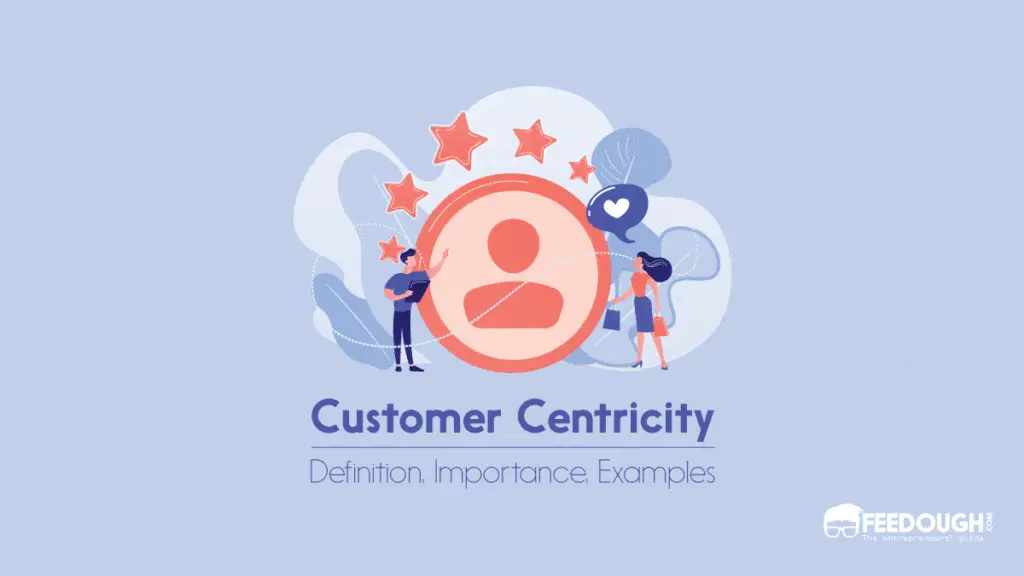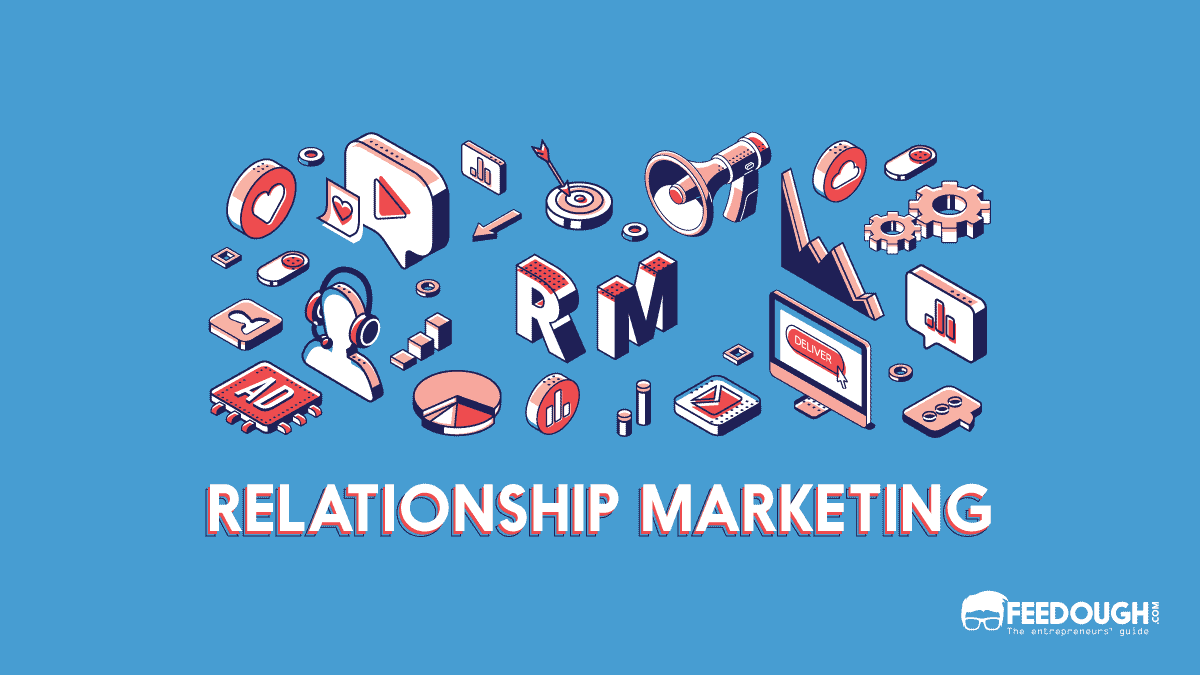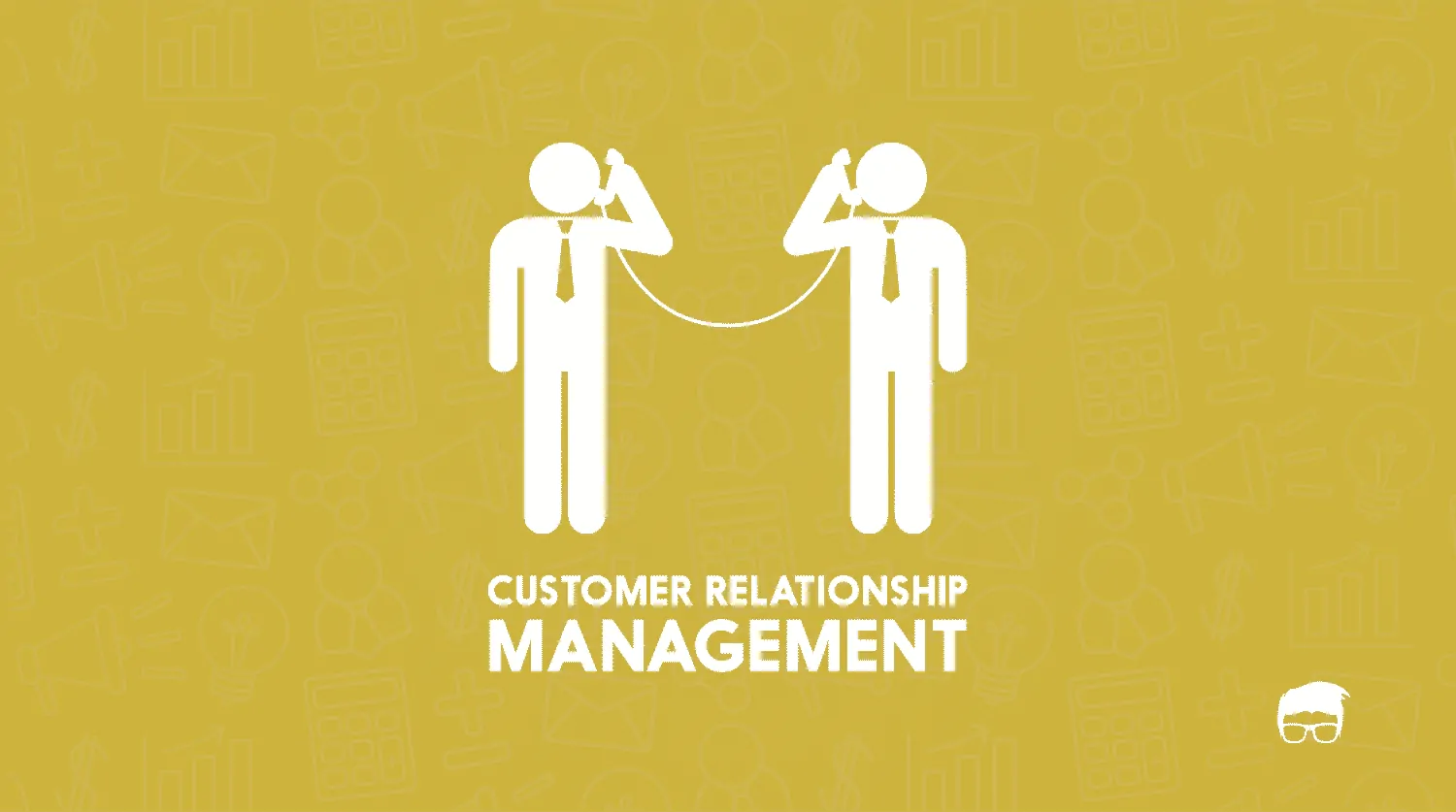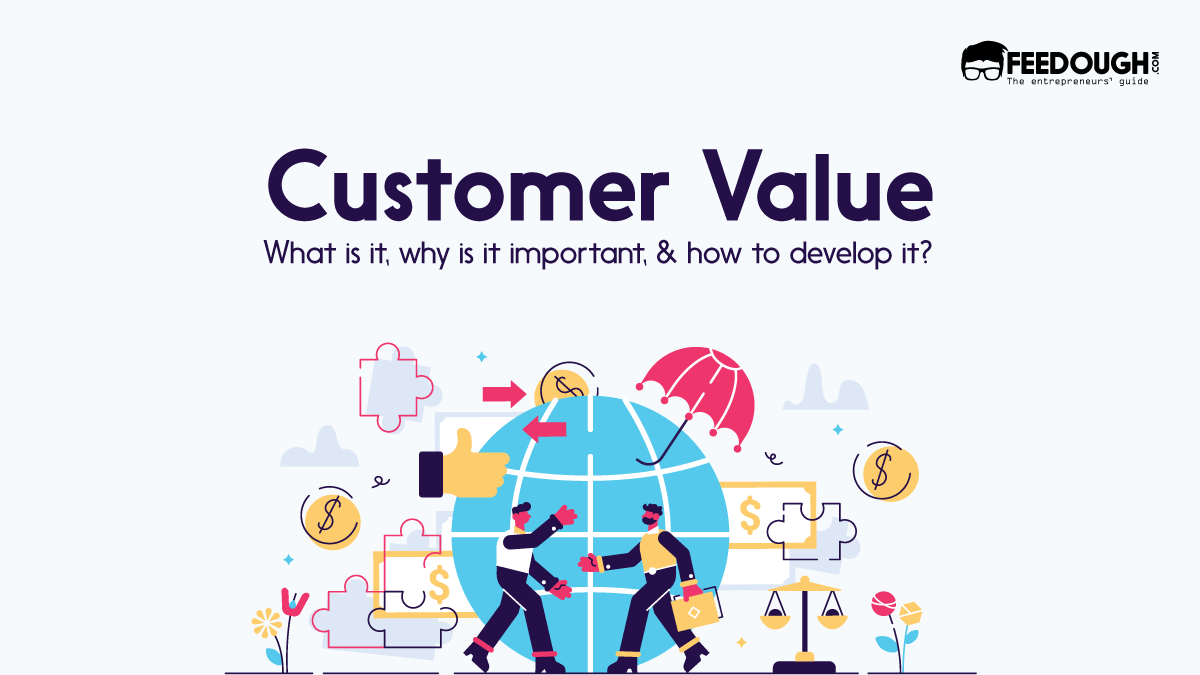Today, a customer is no longer just a number or a name on a receipt. Instead, they are empowered, connected, and engaged consumer who has a voice in the company’s direction.
Customer centricity is the way — the only way — to compete and win in today’s global economy.
It’s about doing business differently. It’s about embracing a new approach to customer engagement. It’s about creating long term relationships with customers rather than trying to sell them one-off products.
It’s about putting your customers first.
Here’s a guide explaining customer centricity, its importance, benefits and examples of successful customer-centric companies.
What is Customer Centricity?
Customer centricity is the art and science of delivering a compelling value proposition that addresses the ever-changing needs of the customers aiming for customer relationships that build loyalty and trust.
Customer-centric companies focus their business model on customer needs rather than competitor offerings. By doing so, they gain a competitive advantage by delivering superior value to customers that other companies can’t or won’t provide.
The definition of customer-centricity can be divided into four parts
- Customer centricity is the art and science: It is not a mere strategy. It is a comprehensive and scientific approach to understanding customers’ wants, needs, and value.
- Delivering a compelling value proposition addressing the customer’s ever-changing needs: The customer-centric company must identify what the customer wants and craft a unique offering that appeals to their needs.
- Aiming for customer relationships: The goal of customer-centric companies is to turn “customers” into “relationships.” This means creating a connection with customers that goes beyond the simple purchase of a product or service.
- Building loyalty and trust: Customer centricity strives to create customer relationships that are based on trust and loyalty. This means that customers feel comfortable doing business with the company, repeatedly buy its products and recommend it to others.
Importance Of Customer Centricity
Customer centricity has become an essential business strategy. In fact, research by Gupta and Zeithmal in 2006 shows that with every 1 percent increase in customer satisfaction, ROI increases by 2.37 percent, while a 1 percent decrease in customer satisfaction results in a 5.08 percent decrease in the return on investment.
Besides this, some other reasons that demonstrate the importance of customer centricity are given below:
- It is important to retain customers: Customers come back only if they are happy with the offering and the brand experience. Customer centricity helps keep customers satisfied and, as a result, reduces customer churn rates.
- It helps reduce customer acquisition costs: Acquiring new customers is expensive and time-consuming. Focusing on customer centricity can help companies generate leads and referrals from current customers, which can lower the cost and increase the speed of acquiring new customers.
- It helps increase customers’ lifetime value: A company that keeps customers happy can significantly increase the customer’s lifetime value. According to a study, loyal customers are worth up to 10 times as much as their first purchase.
- It helps business in the long term: The long-term relationship helps the company understand customer needs and wants and develop a deep understanding of what they value. This helps the company create a better offering, serve customers better, and keep customers satisfied.
Characteristics Of Customer Centric Companies
Customer centricity is the core of every successful business, both old and new.
However, there are certain characteristics that differentiate customer-centric companies from the rest. Some characteristics are explained below:
- Customer-focused leadership: The top management gets involved in all decisions related to customers, which makes them accountable for all customer-related results. The management ensures that they are customer-centric in their thinking and actions.
- A customer-centric culture: All employees, right from the frontline to the top management, are focused on understanding and meeting customer needs. Employees are encouraged to think innovatively and challenge the status quo to develop better solutions for customers.
- Customer data is used effectively: The company gathers data about customers and analyses it to draw insights. These insights are used to improve the value proposition, strengthen the brand, understand customer needs and create strategies for retaining customers.
- Customer-friendly technology: The company uses modern technologies like social networking, big data analytics, mobility, cloud, etc., that can help them to better engage with customers.
- Customer-friendly funnel: The company focuses on the steps in the purchase process, like reducing customer friction, increasing customer touchpoints, making purchase flow easy and simple, etc., to make the customer journey better.
- Customer communication: Firms make sure that they are available to interact with customers via different communication channels. They take feedback seriously and use it to improve their customer service.
Customer-centric companies continuously monitor their performance, look for customer feedback and thoughts across all touchpoints, and improve on them. This is achieved through various ways like involving the entire workforce in understanding customer needs, offering personalised service to customers, collecting data and conducting research to understand customers, etc.
Benefits Of Customer Centricity
Focusing on customer centricity is beneficial in the long run. Some of the benefits are:
- Helps in company’s growth: It helps create loyal customers and makes them come back for more. They keep coming back if they find that you understand their needs and meet their expectations consistently.
- Creates differentiated value: Focusing on customer centricity help differentiate the company from its competitors and make it stand out.
- Better customer retention: Satisfied customers are less likely to switch to a competitor, which reduces the chances of losing them.
- Lowers marketing expenses: Word-of-mouth is the most powerful and cost-effective form of marketing. Satisfied customers will talk positively about the company and recommend it to others, which helps in word-of-mouth marketing and leads to lesser marketing expenses.
- Manages risks: The biggest risk that a business can face is losing customers. It takes years for a business to acquire customers and only a few minutes for them to switch over to your competitor. Satisfied customers also help in dispute resolution with customers.
- Customers spend more: When satisfied customers feel that they get better service from a company, they tend to spend more on it. This helps in increasing revenues.
Challenges To Becoming A Customer-Centric Company
It isn’t easy to become a customer-centric company. There are various challenges that need to be overcome:
- Lack of long term vision: A company should have a long-term vision to remain customer-centric. It is not easy to make changes in the organisation and keep up with customers’ changing needs if there is no long-term plan in place.
- Lack of leadership commitment: A customer-centric company is one where the top management is fully committed to it. If the leadership is not committed, it will be difficult for the company to achieve success.
- Lack of customer data: A company needs to gather data about its customers and analyse it to understand their needs. Without this data, it will be difficult to create strategies to satisfy them.
- Lack of integration of customer feedback: The company should constantly look for customer feedback and use it to improve products and services. If the feedback is not integrated in a way that benefits the customer in some manner, there is no point in collecting it.
- Lack of communication between various departments: There should be close coordination among different departments for customer-centricity to succeed.
Real-life Examples Of Customer Centricity
Some real-life examples of customer centricity are given below:
Apple
Apple focuses on creating great customer experiences. Its products are designed to make users happy and its customer service is known for its quality. As a result, Apple enjoys high customer loyalty and satisfaction rates.
Apple is also known for its user-friendly technology and has an exemplary customer support infrastructure in place.
Amazon
Ever since its inception, Amazon has focused on providing an excellent customer experience. It invests in the digital and physical spaces to offer better shopping, delivery and support experiences to its customers.
It realises that convenience is critical for customers while shopping online, so it invests heavily in technology like AI (artificial intelligence), Machine Learning, chatbots etc., which helps make shopping easy and convenient for them.
Netflix
Netflix is known for its easy-to-use streaming service and its focus on customer experience has helped it become the leading video streaming service in the world.
It continuously monitors customer feedback and tries to improve its service by introducing new features and improving the existing ones. For example, it recently introduced a feature that allows users to download TV shows and movies for offline viewing.
Starbucks
Starbucks is another company that is known for its customer-centric approach. It has a well-defined strategy for customer development and retention and uses various channels like social media, email marketing, etc., to communicate with its customers.
It also offers unique experiences like Starbucks Rewards, which has added a new customer segment for the company.
It engages its customers in different ways to increase their loyalty and satisfaction levels.
Nike
Nike focuses on delivering premium products to facilitate superior performances, emphasising quality manufacturing, research & development, product innovation etc., before working on branding.
It believes that a satisfied customer will keep coming back for more, which has helped it become one of the most successful brands in the world.
The company also invests in technology to better understand its customers and to provide them with a personalised shopping experience.
Bottom-Line?
So, what is customer-centricity? In a nutshell, it can be defined as a company’s focus on the customer and their needs, across all touchpoints. It is a strategic decision to put the customer first and to make them the central focus of all business operations.
Customer centricity is important because it helps companies build better relationships with their customers, which can help them increase sales and revenue. It also helps to bring down operational costs as the company focuses on improving customer satisfaction.
Companies that follow a customer-centric approach are more likely to succeed in creating better, long-lasting relationships with their customers, because they are always working towards delivering what the customer wants and needs by understanding them completely.
In order to be successful, one must focus on all aspects of customer experience, from product design to post-purchase support.
Go On, Tell Us What You Think!
Did we miss something? Come on! Tell us what you think of this article on customer centricity in the comment section.
A startup consultant, digital marketer, traveller, and philomath. Aashish has worked with over 20 startups and successfully helped them ideate, raise money, and succeed. When not working, he can be found hiking, camping, and stargazing.









